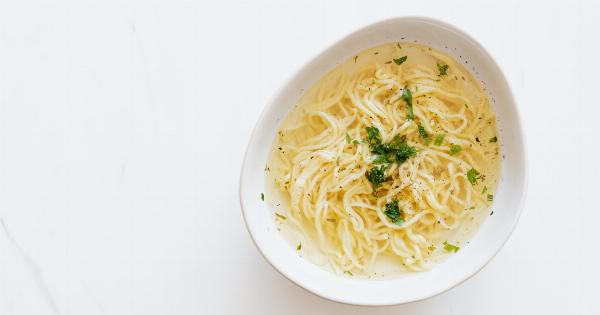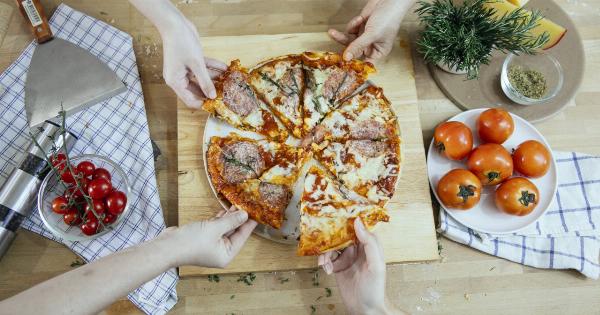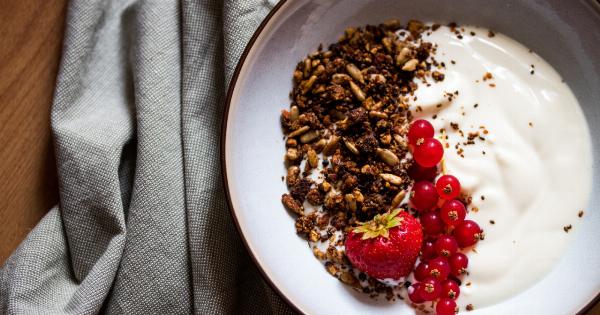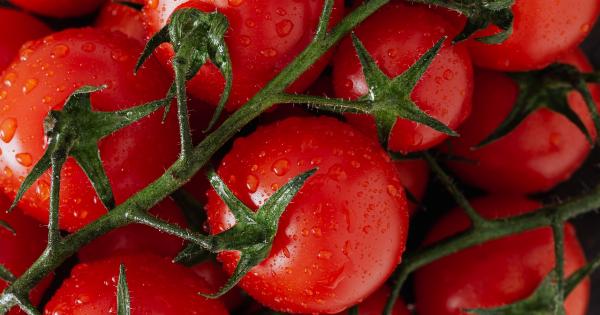When it comes to choosing the best type of food for your beloved pet, there are several factors to consider. One of the most important decisions is whether to feed them cooked food or dry food.
This debate has been ongoing for years, with pet owners and experts arguing about which option is the best for providing optimal health and nutrition for our furry friends. In this article, we will delve into the pros and cons of both cooked and dry food, to help you make an informed decision for your pet’s well-being.
The benefits of cooked food for your pet
Cooked food for pets has gained popularity in recent years, with many pet owners opting for homemade meals. Here are some of the benefits associated with cooked food:.
1. Controlled ingredients
When you prepare your pet’s meals at home, you have full control over the ingredients you use. This allows you to tailor their diet based on their specific needs, allergies, or dietary restrictions.
You can ensure that they are getting a well-balanced meal with all the necessary nutrients. Additionally, you can steer clear of preservatives, additives, and fillers commonly found in commercially produced pet food.
2. Increased moisture content
Cooked food usually contains a higher moisture content compared to dry food. This is especially beneficial for pets who don’t drink enough water or are prone to urinary tract issues.
The extra moisture helps to keep them hydrated and supports their overall kidney function.
3. Enhanced taste and variety
For some pets, the taste and texture of cooked food can be more appealing than dry kibble. This can be particularly helpful when dealing with picky eaters or pets with diminished appetite.
Cooking their meals at home provides you with the opportunity to experiment with a variety of flavors and textures, making mealtime more enjoyable for your furry friend.
The drawbacks of cooked food for your pet
While cooked food offers several advantages, it’s important to consider the potential drawbacks as well:.
1. Time-consuming preparation
Preparing homemade cooked meals for your pets can be time-consuming, requiring planning, cooking, and portioning. If you have a busy schedule or limited culinary skills, it may be challenging to consistently provide well-balanced meals for your pet.
2. Risk of nutrient imbalance
Without careful planning or guidance from a veterinary nutritionist, it can be easy to unintentionally create nutrient imbalances in homemade cooked meals.
Pets have specific dietary requirements that need to be met to support their health and well-being. Failing to provide the correct balance of proteins, fats, carbohydrates, vitamins, and minerals can lead to nutritional deficiencies or excesses.
3. Food safety concerns
Cooking food at home also raises the possibility of food safety issues. Improper handling, storage, or cooking of ingredients can result in bacterial contamination, which can cause illness in pets.
It’s essential to follow proper food safety protocols and consult your veterinarian for guidelines on safe food handling practices.
The benefits of dry food for your pet
Now let’s explore the advantages associated with feeding your pet dry food:.
1. Convenience and cost-effectiveness
Dry food is undoubtedly more convenient and cost-effective compared to preparing cooked meals. It can be easily purchased, stored, and served without the need for extensive preparation.
If you have a busy lifestyle or travel frequently, dry food is a practical solution that doesn’t compromise your pet’s nutrition.
2. Dental health benefits
Dry food, especially kibble, can have positive effects on your pet’s dental health. The act of chewing on dry kibble helps to mechanically remove plaque and tartar buildup, reducing the risk of dental diseases such as gingivitis or periodontitis.
Some companies also produce specially formulated dry food that promotes dental health by using specific textures or incorporating teeth-cleaning additives.
3. Balanced nutrition
Commercially produced dry pet food is formulated to provide a complete and balanced diet for your pet.
Reputable pet food companies employ veterinary nutritionists to ensure that their products meet the necessary nutritional requirements set forth by regulatory bodies. This level of quality control helps to eliminate the risk of nutrient deficiencies or excesses when feeding dry food.
The drawbacks of dry food for your pet
Despite its convenience, dry food does have a few drawbacks to consider:.
1. Lower moisture content
Dry food typically has a lower moisture content compared to cooked meals. This can be problematic for pets who struggle to drink enough water to support their hydration needs.
Cats, in particular, have a low thirst drive and may benefit from a diet with higher moisture content to prevent urinary tract issues.
2. Ingredient quality concerns
Not all dry pet food is created equal. Some lower-quality options may contain fillers, by-products, or low-grade ingredients. It’s important to carefully read the ingredient label and choose a brand that prioritizes high-quality ingredients.
Consulting with your veterinarian can help you identify reputable brands that meet the nutritional needs of your pet.
3. Limited variety and potential boredom
Dry food often lacks the variety of flavors and textures that can be provided through cooked meals. Some pets may get bored with eating the same kibble every day, which can lead to diminished appetite or food aversions.
To combat this, you can consider rotating different flavors or supplementing dry food with occasional cooked meals or wet food.
Making the right choice for your pet
Ultimately, the decision between cooked food and dry food depends on various factors, including your pet’s health, personal preferences, and lifestyle.
It’s important to consult with your veterinarian before making any significant changes to your pet’s diet. They can provide valuable insight and guidance based on your pet’s specific needs.
Some pet owners choose to combine both cooked and dry food, finding a balance that works for their pet’s health and their own schedules.
This allows for the benefits of a home-cooked diet while maintaining the convenience and affordability of dry food.
Remember, regardless of the type of food you choose, providing your pet with proper nutrition, regular exercise, and plenty of love and attention is paramount for their overall health and well-being.






























